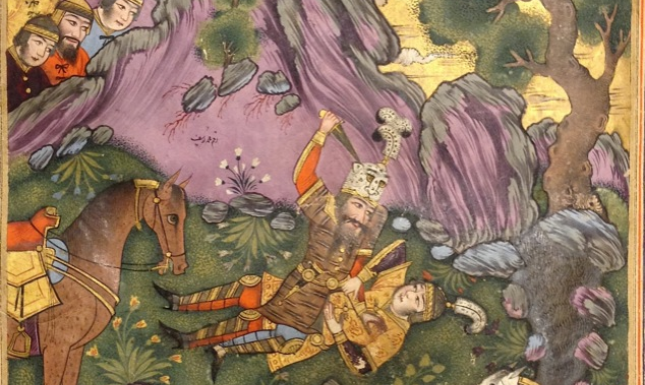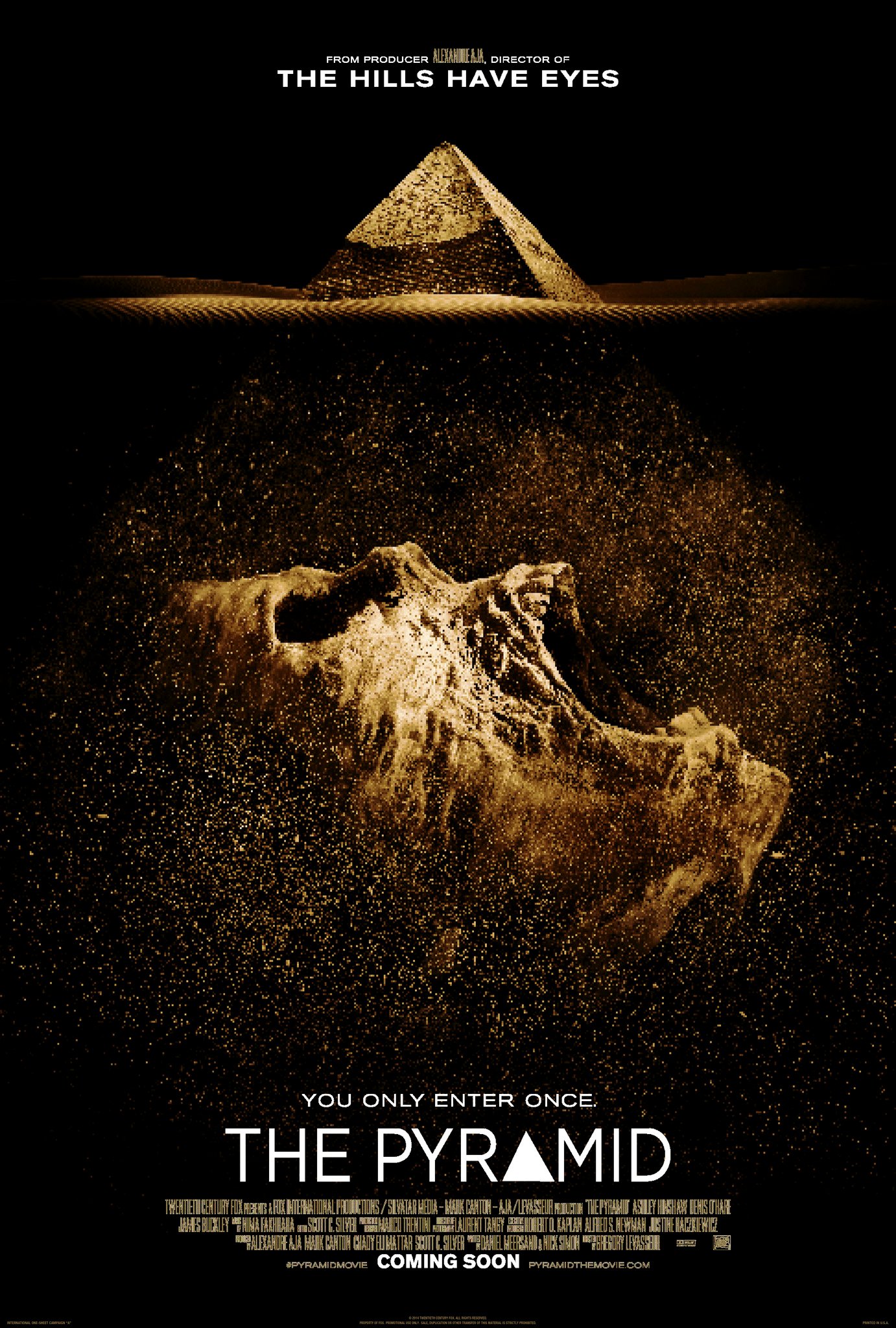Persian mythology
Persian mythology
bronze-age
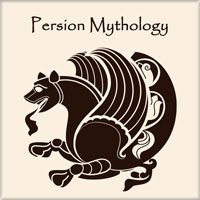
Persian mythology are traditional tales and stories of ancient origin, all involving extraordinary or supernatural beings. Drawn from the legendary past of Iran, they reflect the attitudes of the society to which they first belonged - attitudes towards the confrontation of good and evil, the actions of the gods, yazats (lesser gods), and the exploits of heroes and fabulous creatures. Myths play a crucial part in Iranian culture and our understanding of them is increased when we consider them within the context of Iranian history.
Persian mythology, also known as Zoroastrianism, has a rich collection of myths and legends that have been passed down for thousands of years. Some of the most famous myths of Persian mythology include:
- The story of Zoroaster: This is the story of the prophet Zoroaster, who received a revelation from Ahura Mazda, the god of wisdom and goodness, and who taught the principles of the good religion.
- The Battle of the Gods: The Persian mythology tells of a great battle between the forces of good and evil, led by Ahura Mazda and Angra Mainyu respectively. This battle is said to have been fought to determine the fate of humanity and the world.
- The story of Yima: This is the story of the first man on earth, Yima, who was tasked by Ahura Mazda to create a paradise on earth and protect humanity from the forces of evil.
- The story of Fereydun and the dragon: This is the story of Fereydun, a Persian hero who fought and defeated a dragon to save his people.
- The story of Afrasiyab: Afrasiyab is the king of the demons and the archenemy of the Persian king, Iran. The story of Afrasiyab and Iran's battles is a recurrent theme in Persian mythology and literature.
- The story of Jamshid: Jamshid is a king of Persia who becomes arrogant and loses the favor of the gods and his kingdom.
These myths are part of the Zoroastrian religion, which was the dominant religion in Persia before the arrival of Islam. They were passed down through oral tradition and were later recorded in the sacred texts of the Avesta. They continue to be an important part of Persian culture and are still referenced in modern literature and art.
Persian mythology Legends

Simurgh Bird
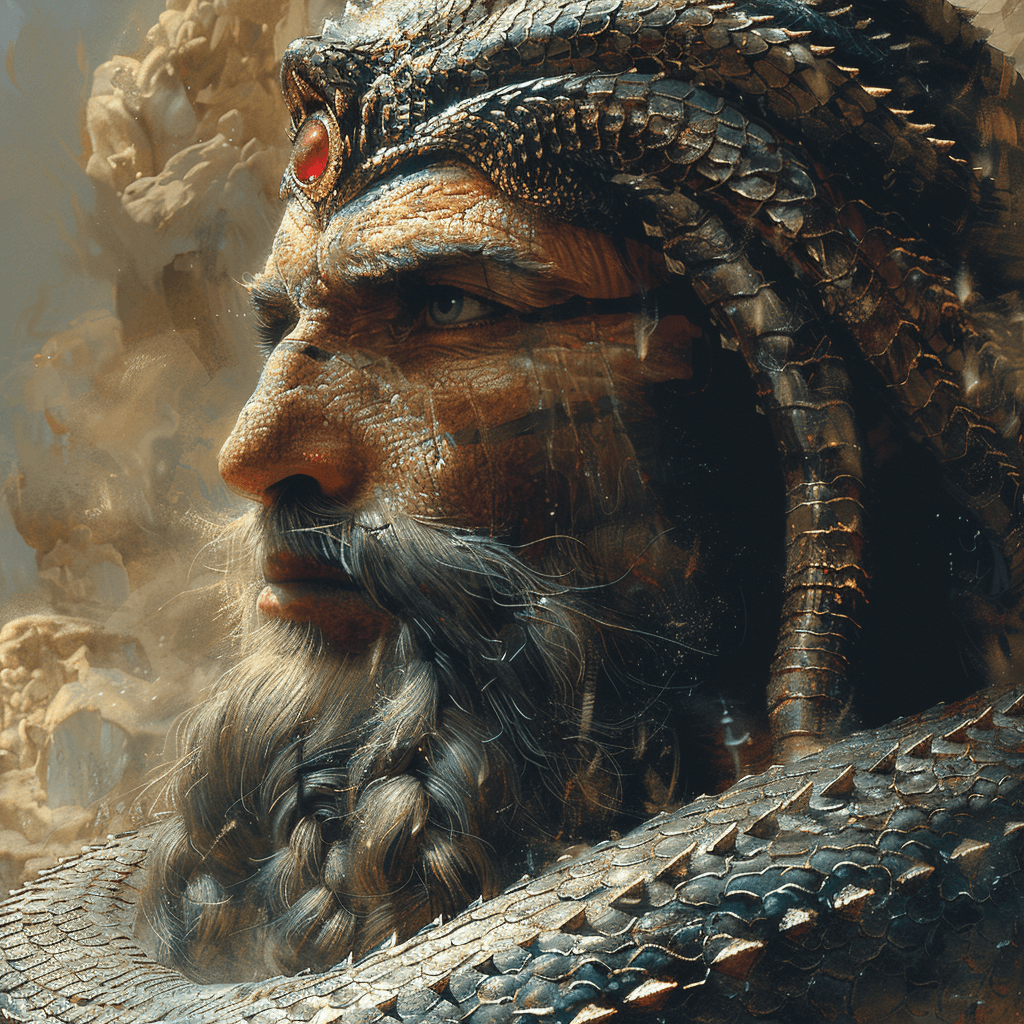
Zahhak

Simurgh

Peri
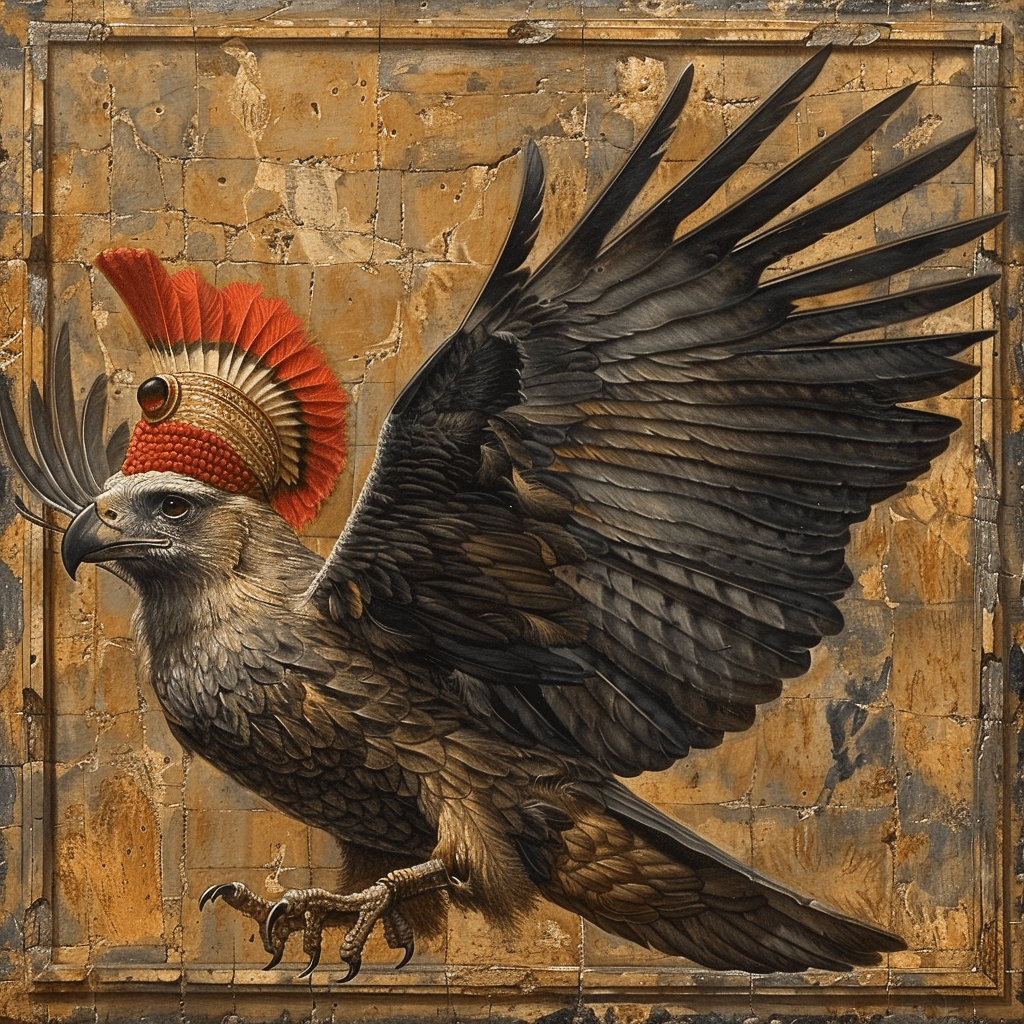
Homa

Jamshid
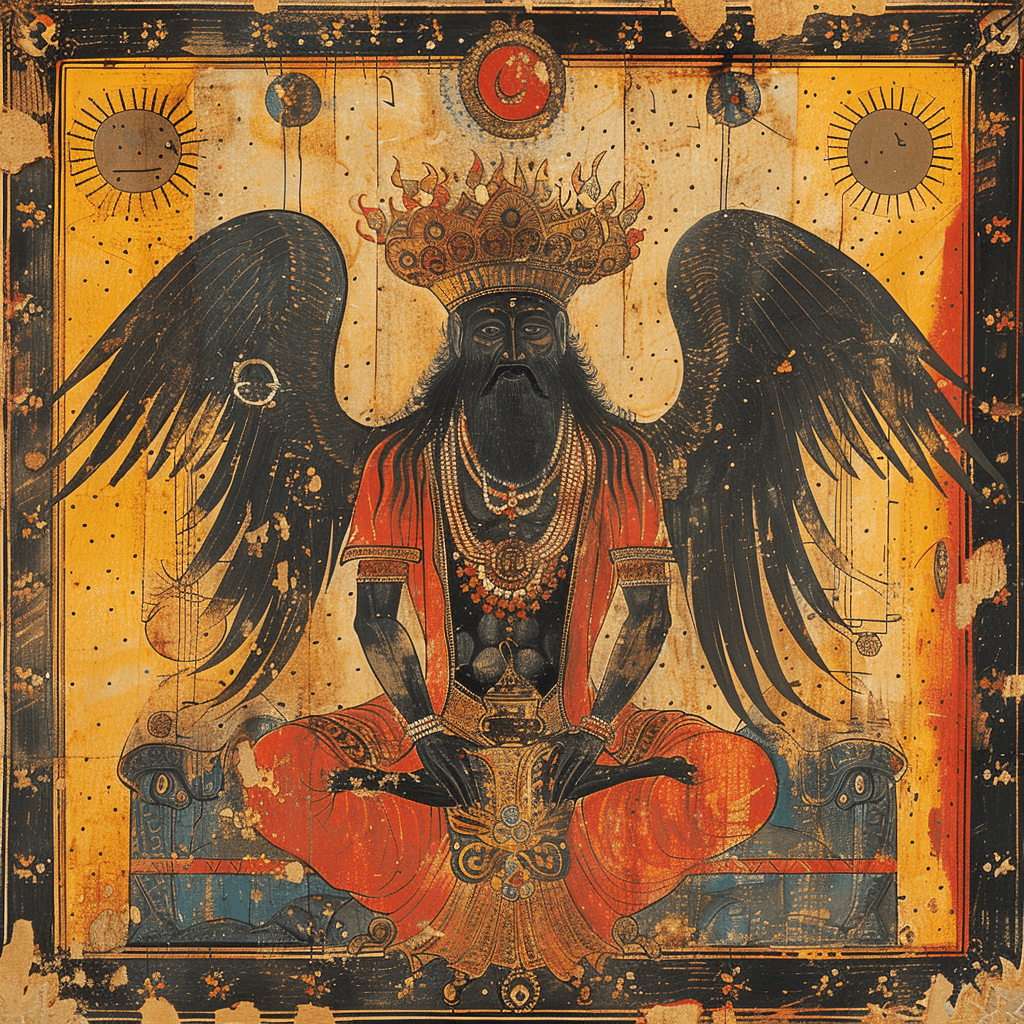
Kaveh the Blacksmith
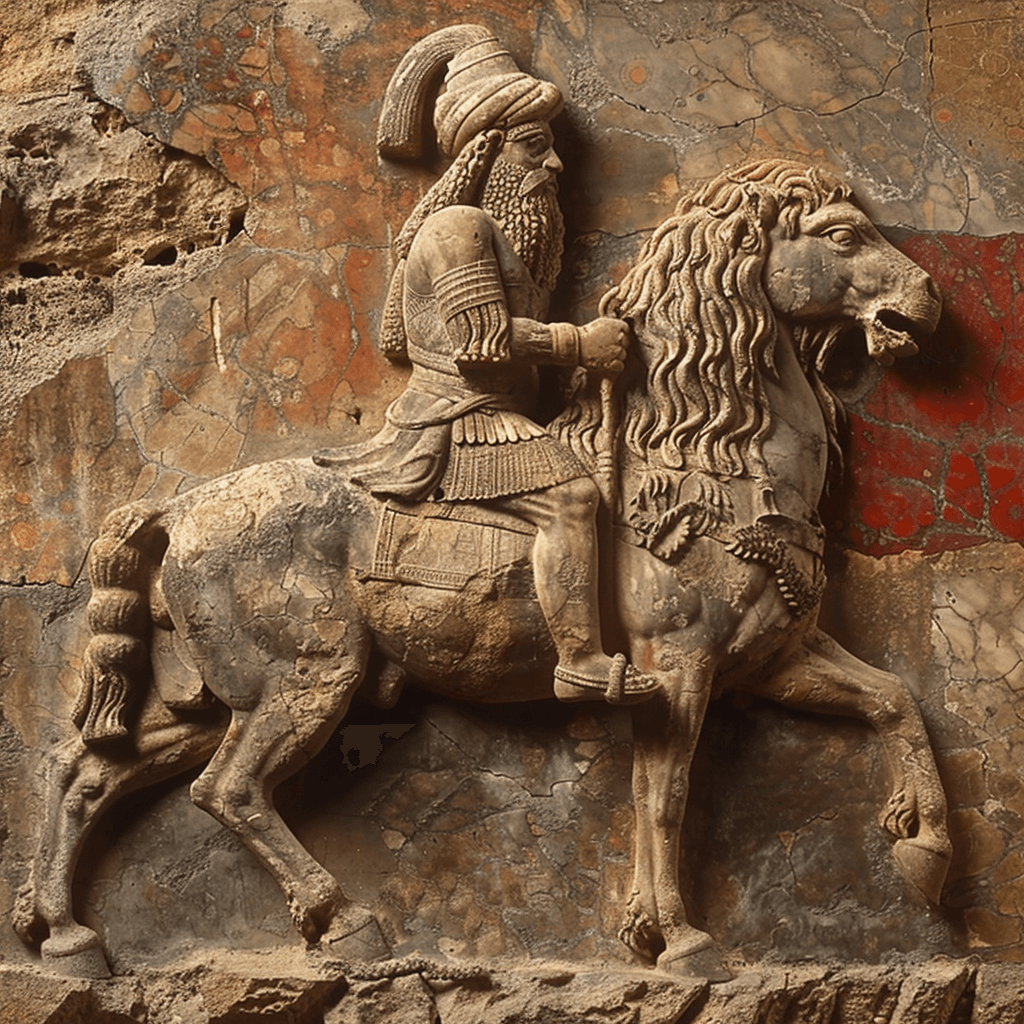
Rostam

Faridun
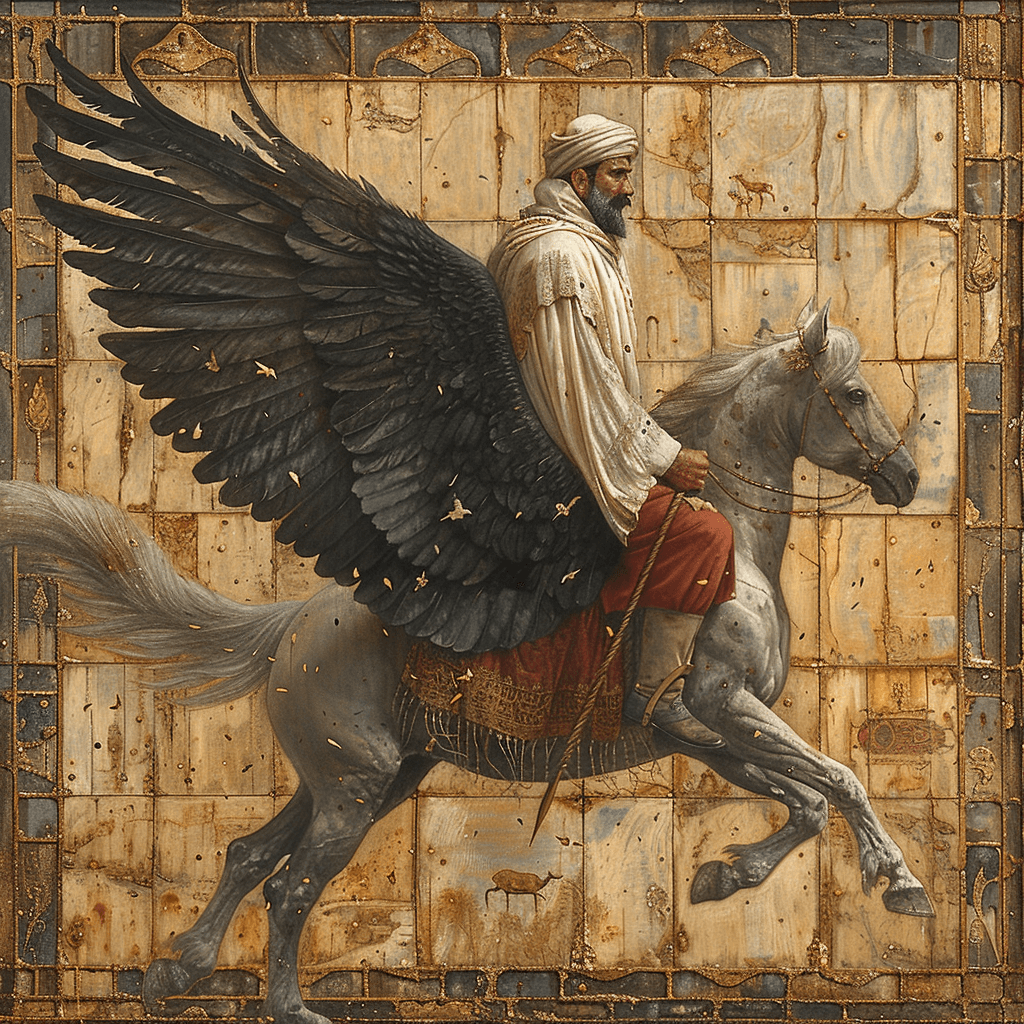
Kay Kavus
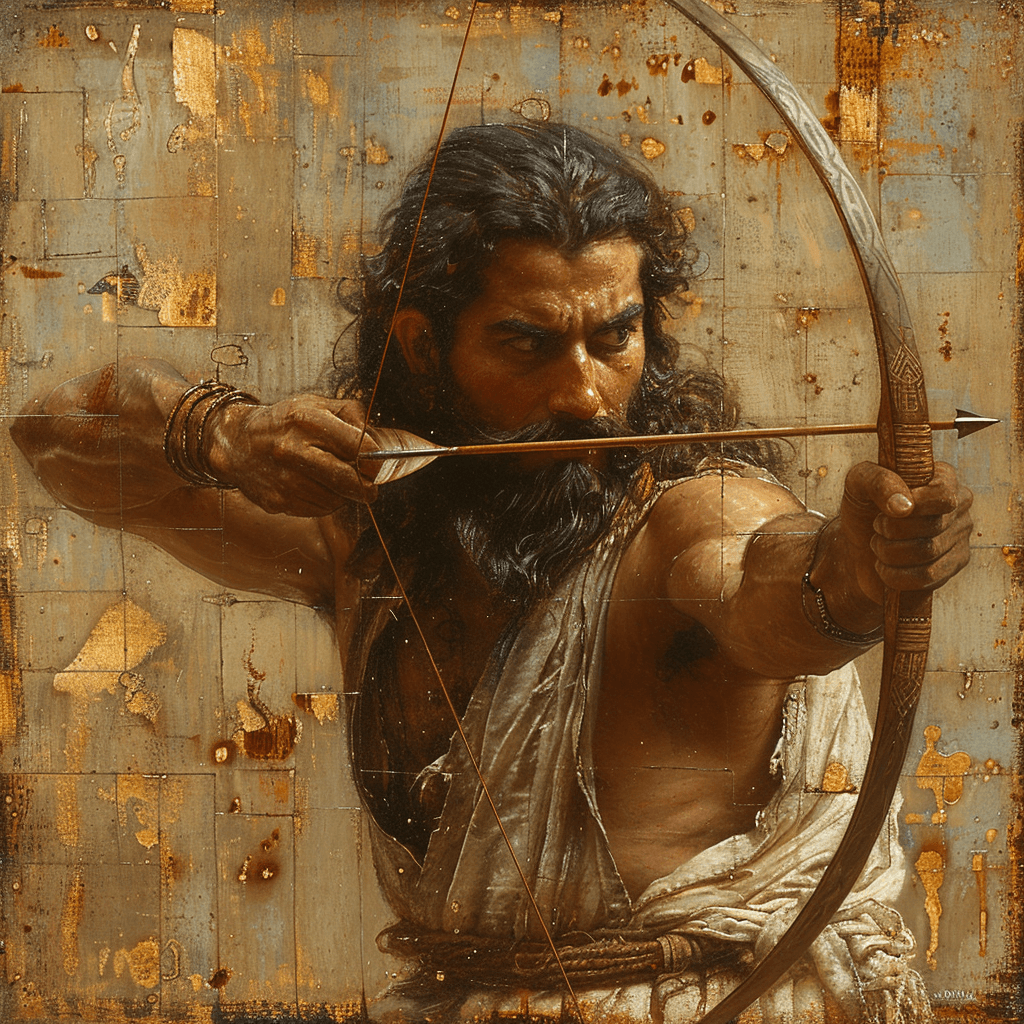
Arash
Persian mythology Creatures

Manticore

Simurgh
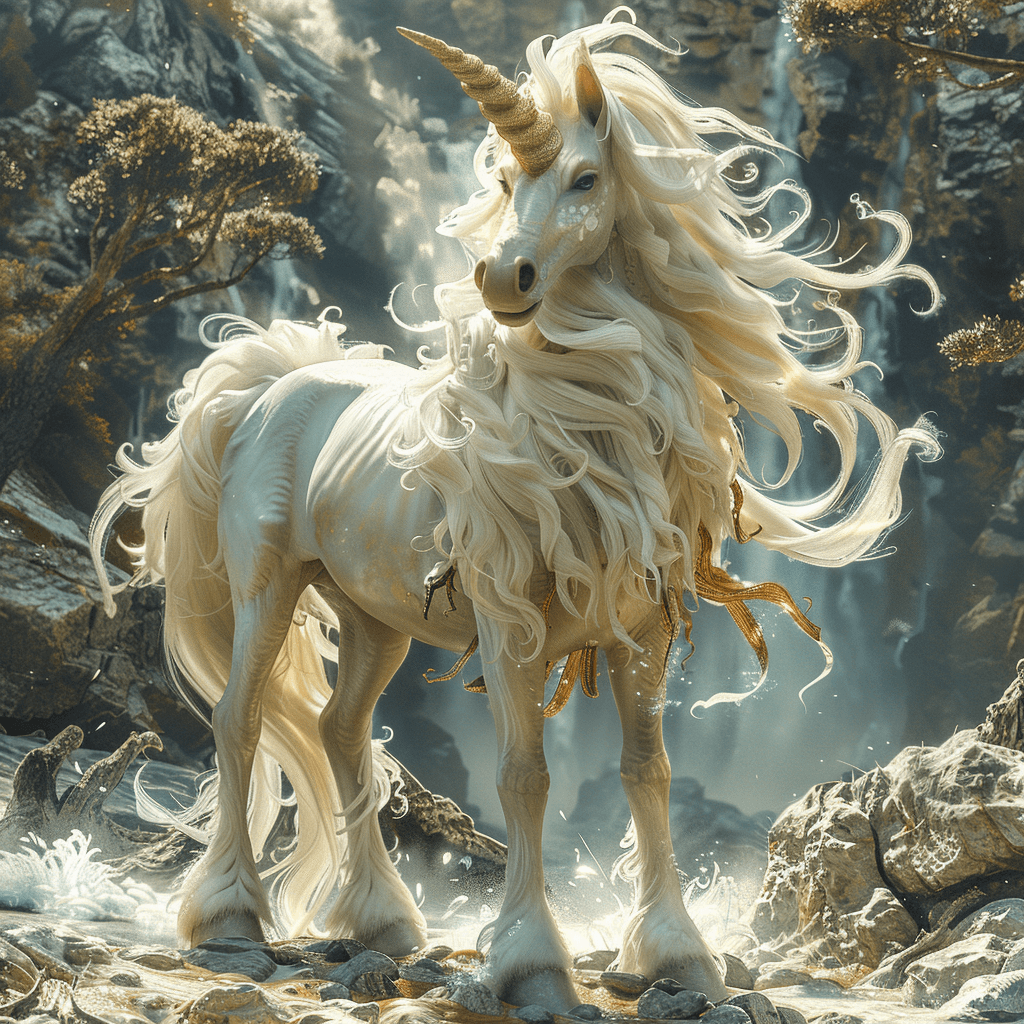
Shadhavar

Div-e-Sepid
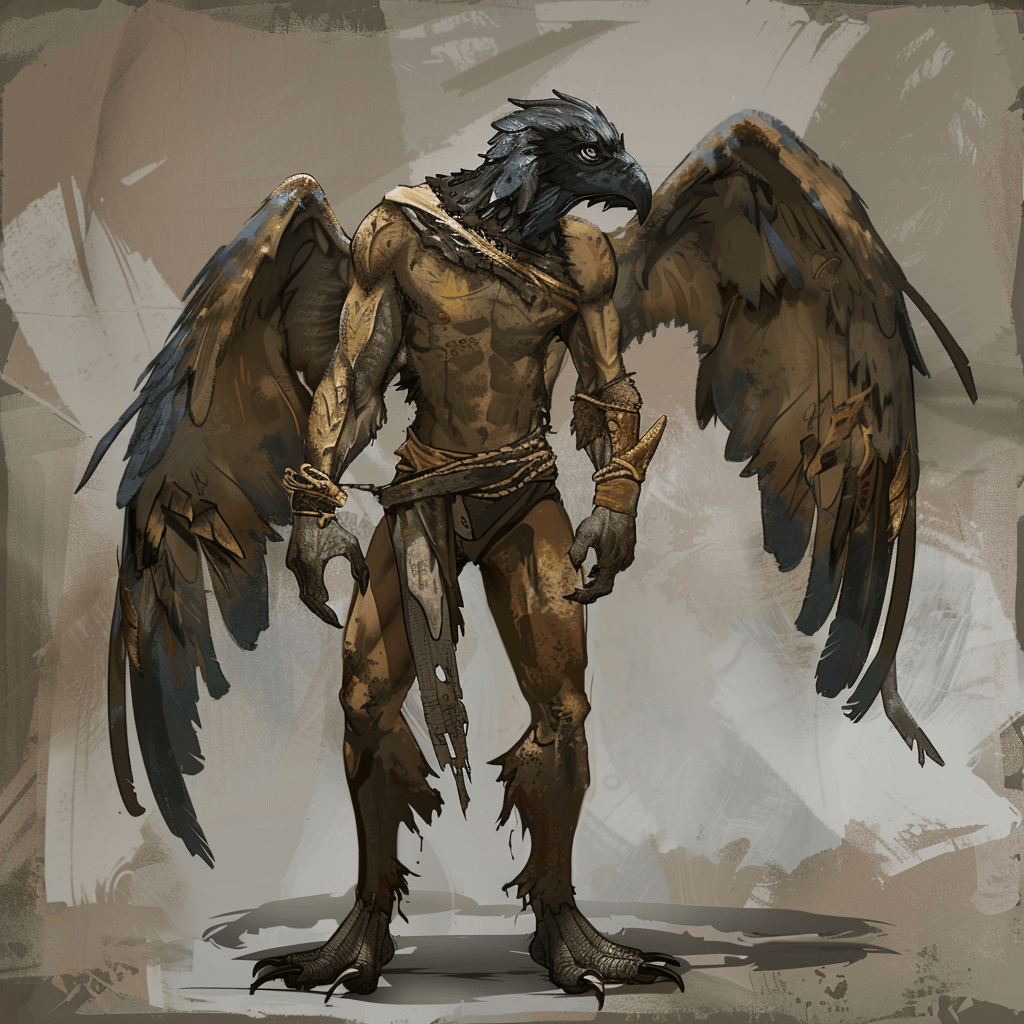
Gryphon

Simorgh
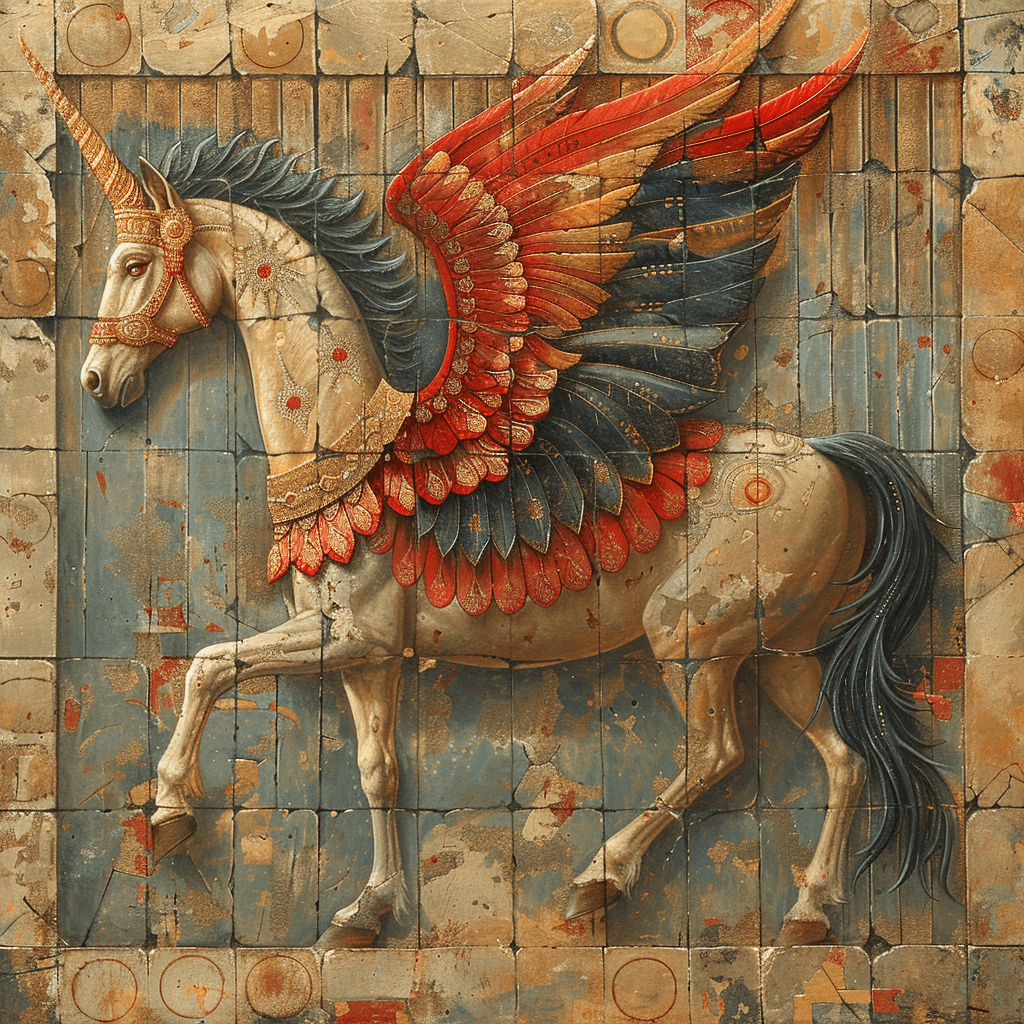
Rakhsh
Persian mythology in POP Culture

Sinbad: Legend of the Seven Seas
An Epic Adventure of Mythic Proportions
A Persian sailor named Sinbad is on a quest to find the magical legendary Book of Peace, a mysterious artifact that Eris, the Greek wicked goddess of chaos, has ultimately framed him for stealing! If he fails on this quest, his childhood friend Prince Proteus of Syracuse will take Sindbad's death pe...

Aladdin
A kind-hearted street urchin and a power-hungry Grand Vizier vie for a magic lamp that has the power to make their deepest wishes come true.
A kind-hearted street urchin Aladdin vies for the love of the beautiful princess Jasmine, the princess of Agrabah. When he finds a magic lamp, he uses the genie's magic power to make himself a prince in order to marry her. He's also on a mission to stop the powerful Jafar who plots to steal the magi...
Persian mythology Books

The Persian Myths
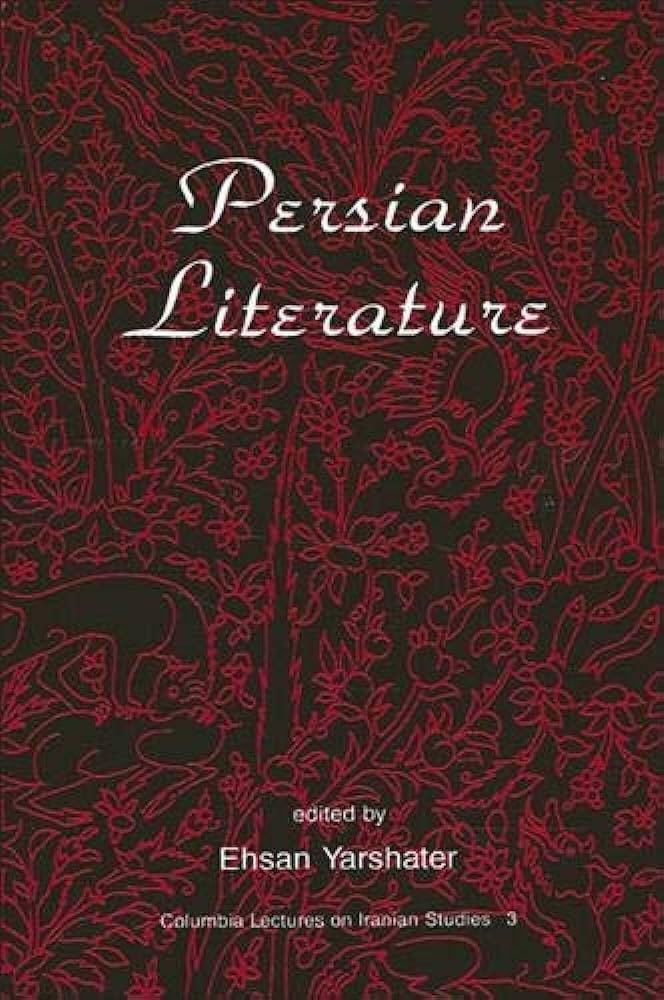
Yarshater's Persian Mythology
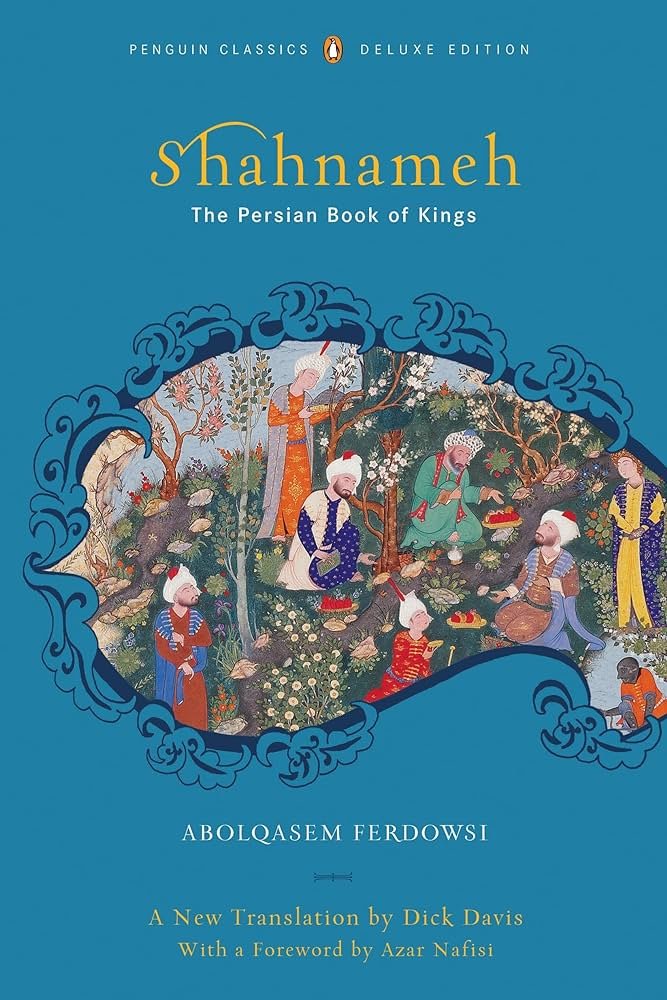
The Shahnameh: The Book of Kings
